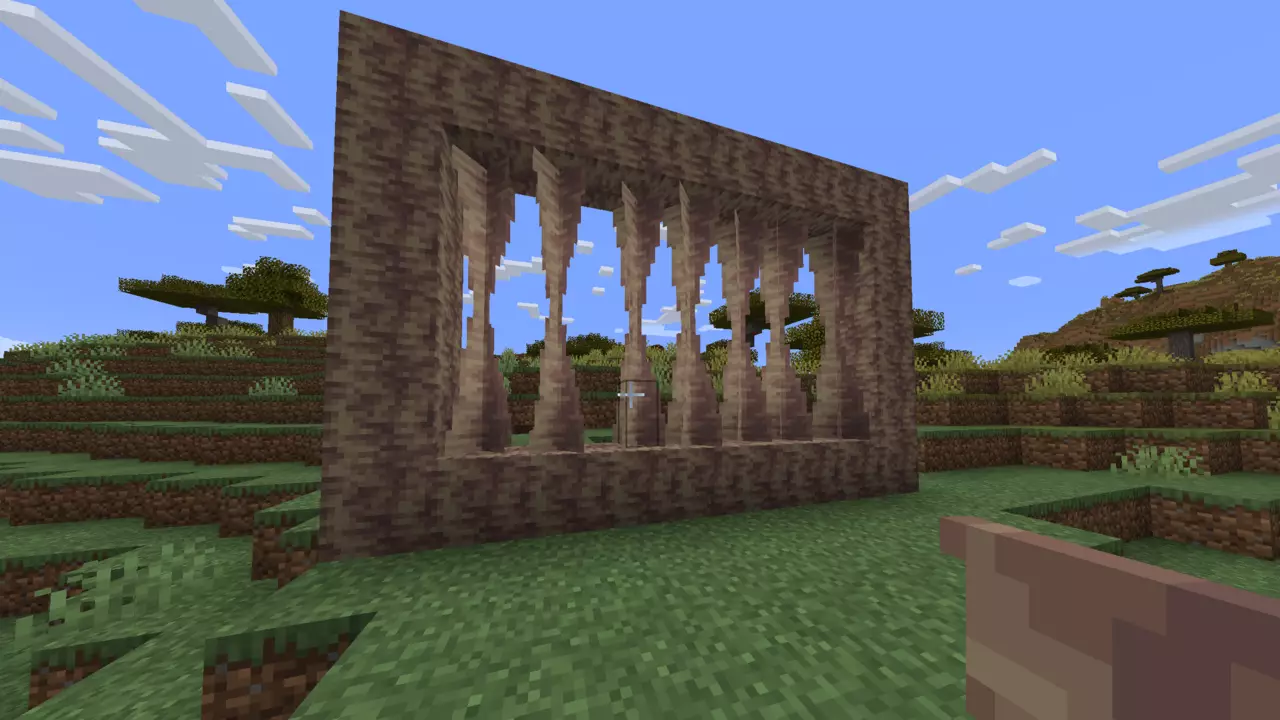Minecraft, the beloved sandbox game, continually evolves, introducing new features that spark curiosity and uncertainty among its dedicated player base. One such addition is the intriguing pointed dripstone, commonly observed in the game as stalagmites and stalactites. For many players, particularly those who have grown accustomed to the game’s mechanics prior to this update, these biomes and their unique features can be perplexing. This article delves into the intricacies of pointed dripstone, where players can find it, its abilities, and potential uses.
In Minecraft, the terms “stalagmites” and “stalactites” are representations of a larger feature called pointed dripstone. Stalagmites are the upward-pointing formations found on the ground, while stalactites hang majestically from cave ceilings. Both of these fascinating structures are most commonly found in dripstone caves, which have become a significant biome within the game. They first appeared in a recent update, leading to plenty of excitement and confusion among gamers.
Pointed dripstone arises naturally from dripstone blocks, which possess the unique ability to grow new formations beneath them. For those eager to collect these blocks, any type of mining tool will suffice; however, the use of a pickaxe expedites the process, enabling faster resource gathering. Interestingly, players can also create their own dripstone blocks by combining four pointed dripstones at a crafting table, providing more control over the placement of these structures in their builds.
So, how do players locate the coveted dripstone caves? These special caves can be generated anywhere in the overworld, albeit they are typically found away from water sources. As a result, exploring deeper into the land allows for a better chance of discovering these unique biomes. When players venture into a dripstone cave, they can expect to see an extensive display of both stalagmites and stalactites—an unmistakable indicator that they are in the right place.
The natural formations of pointed dripstone make these caves visually distinct compared to others in the game. Players can easily spot clusters of stalagmites and stalactites sprouting from the ground and ceiling, serving as a vibrant reminder of the beauty found within Minecraft’s world. With no alternative natural spawn locations for pointed dripstone, finding it becomes a rewarding achievement in itself.
While stalagmites may appear innocuous, they bring a hidden danger to the unsuspecting player. Falling on top of one can result in double fall damage, a fatal consequence depending on the height of the fall. This characteristic not only imposes a threat to players but also allows for strategic gameplay maneuvers. Players can utilize stalagmites as traps, strategically arranging them in areas to catch unwittingly inquisitive mobs. However, it is essential to remember that mobs that are immune to fall damage will not be affected by this clever trap.
Despite their perilous nature, stalagmites also have aesthetic appeal. Many players decorate their bases with stalagmites, using them as elements in their designs. When combined with stalactites, they can contribute to an atmospheric ambiance, enhancing the overall visual experience of a player’s crafting space. Thus, despite their primary role as a hazard, stalagmites can elevate the design of various builds.
While stalagmites boast negative attributes, stalactites present additional functional opportunities. By hanging a stalactite above a cauldron connected to a still water source, players can experience the joy of witnessing the cauldron gradually fill with liquid. This method can be particularly useful for resource management, as it offers players an avenue to gather water or lava.
However, just as stalagmites have their downside, falling stalactites can also cause damage if the block they are attached to breaks. While this may not be the primary focus of players’ strategies, it does add depth to the gameplay dynamics. The functionality of stalactites and their visually compelling nature works hand in hand to provide enriching experiences for players who immerse themselves in Minecraft’s biomes.
Pointed dripstone, comprising both stalagmites and stalactites, brings a refreshing complexity to Minecraft’s landscape. While the dangers associated with stalagmites may keep players on their toes, the aesthetic qualities and additional functionalities of both formations enhance gameplay. As players explore the intricacies of dripstone caves, they unlock new strategies for survival and creativity, continuing the exhilarating journey that is Minecraft.


Leave a Reply